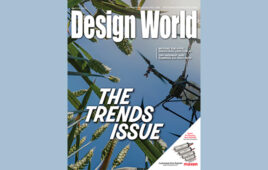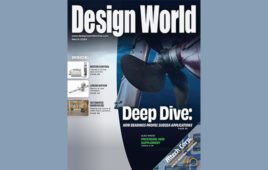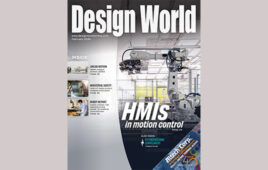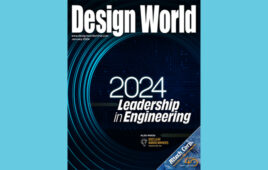Problem-based learning stands the test of time
Engineering students at Stanford are well acquainted with the ME310 course. This year-long design course, now in its 53rd year, is built around problem-based learning. Students work in small teams, focusing on actual engineering problems presented by outside companies that partner with Stanford. The history and evolution of this infamous class are chronicled in the book, ME310 at Stanford University: 50 Years of Redesign, edited by Tamara Carleton.
What I found most interesting in this book is how the course’s approach, problem-based learning, has stood the test of time, as other ideas for teaching the engineers of tomorrow fell by the wayside. ME310 includes five key areas: re(define) the problem (design never ends), need finding and benchmarking (understand the users, design space), bodystorm (ideate), prototype (build), and test (learn). Dr. Mark Cutkosky, a current faculty member, explained that the class starts with open problem statements without any expectation of the design direction — the teams take full responsibility for what to build.
“ME310 helps teams to understand that they can learn anything they need to bring their designs to fruition,” Cutkosky said. “Teams initially have a tendency to avoid designs that require expertise they lack. However, a wonderful aspect of being in Silicon Valley, with a rich network of alumni, is that we can help them find experts in almost any topic. They can talk with those people and learn what they need to know.”
Ultimately, the class is about producing a believable prototype. And a critical part of that is working with the coaches — industry experts who volunteer to help the student teams. Many are alumni and former students, who lived through the experience themselves.
This, for me, showed the power of how we, as practicing engineers, can still greatly influence the designers of tomorrow. At industry events, I sometimes hear engineers decry the book-smart graduates of today who are clueless about real-world issues. After reading this book, I am going to start encouraging these professionals to lend their hand as coaches to a local university engineering program … because surely, problem-based design courses like ME310 remain key to the future.
Paul J. Heney – VP, Editorial Director
[email protected]
On Twitter @wtwh_paulheney
Filed Under: DIGITAL ISSUES • DESIGN WORLD




